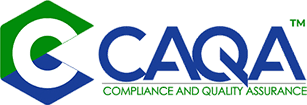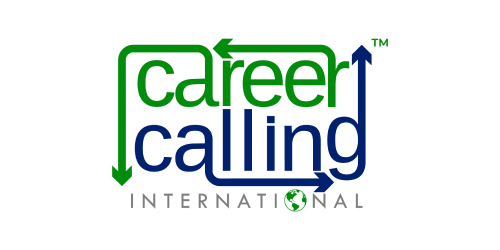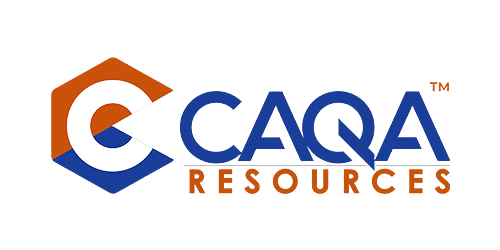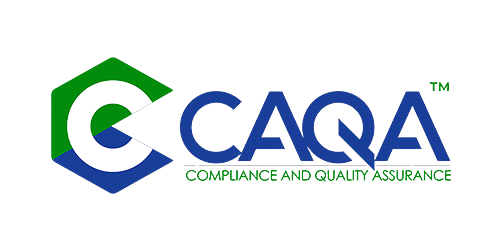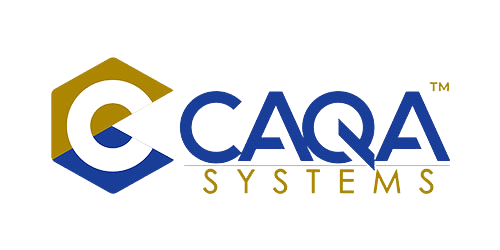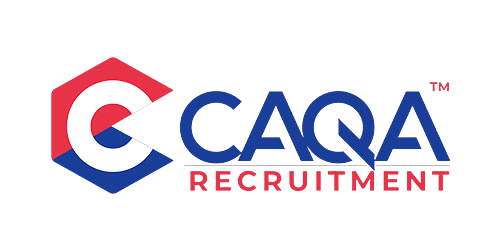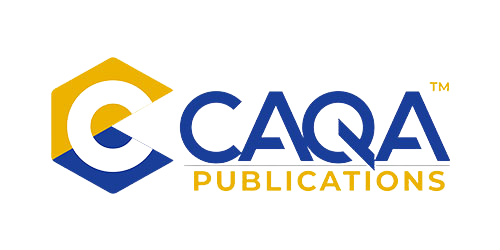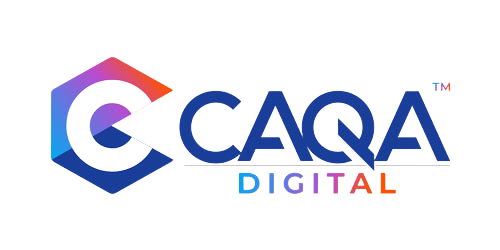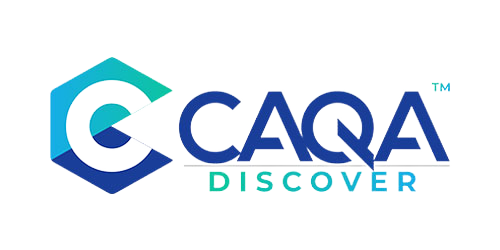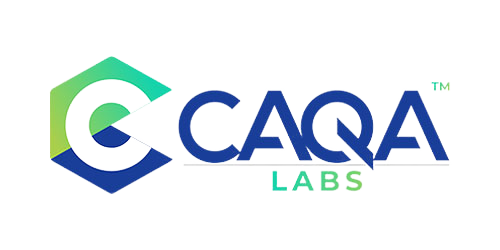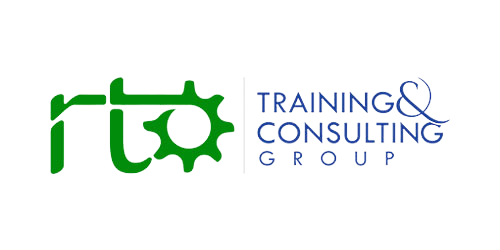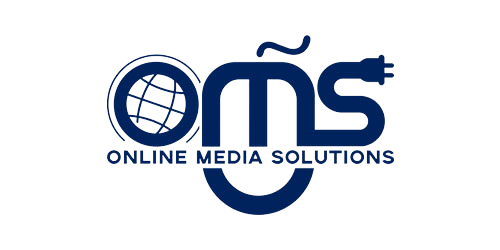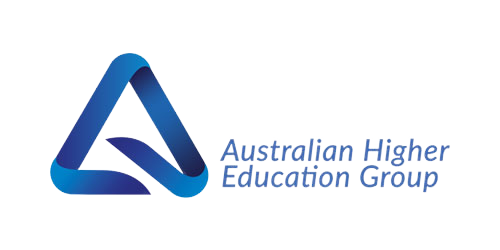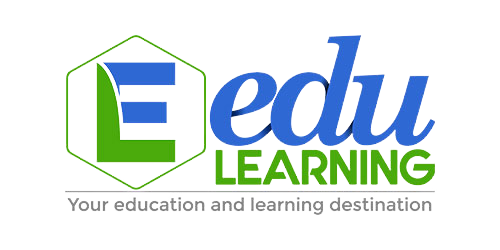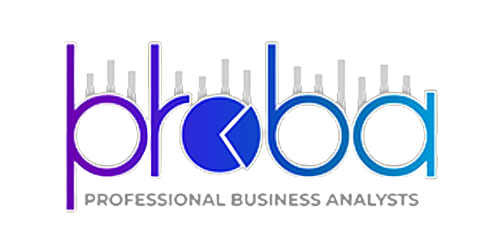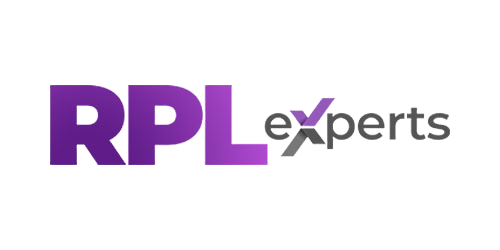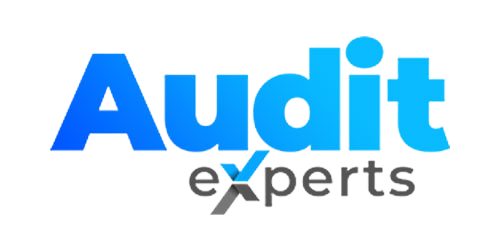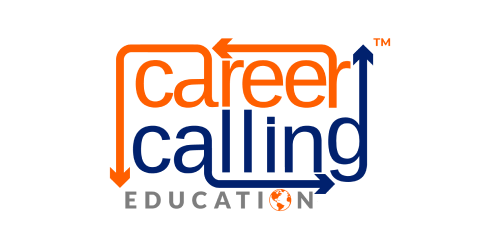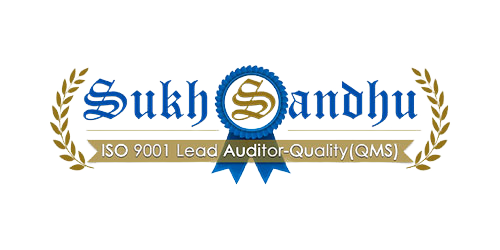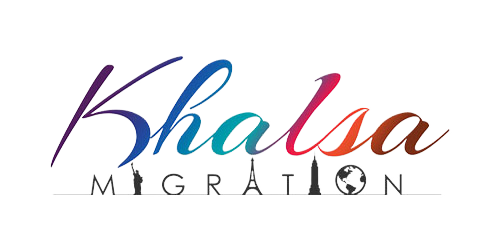Every parent and educator shapes a child’s future—not only through classroom instruction, but by nurturing the everyday capabilities that turn knowledge into agency. At CAQA LLND, we call these capabilities LLNDE: Language, Literacy, Numeracy, Digital, and Employability. Together they form a practical toolkit for life: speaking with clarity, reading and writing with purpose, working with numbers confidently, navigating digital spaces safely, and showing up with the human skills—resilience, teamwork, judgement—that employers and communities rely on. When families and schools move in concert, these capabilities stop being “nice to have” add-ons and become habits that carry learners from the kitchen table to the workplace floor.
What LLNDE Really Builds
LLNDE is about transfer. It equips children (and adults returning to learning) to apply what they know in new situations: regulating emotions during conflict, spotting misinformation online, decoding a workplace form, planning a budget, presenting an idea, or collaborating under pressure. This whole-of-life approach aligns with national and international frameworks such as the Australian Core Skills Framework and contemporary digital literacy models, but its engine is simple: daily practice, clear routines, and shared expectations between home and school.
Language: Speaking Up, Listening Deeply
Language capability grows through purposeful talk. Learners build workplace-ready oral communication by practising short presentations, structured discussions, and feedback exchanges. At school, that looks like routine “stand-ups” where students present a one-minute update and field two questions. At home, it looks like dinner-table debriefs using sentence starters: “Today I noticed…,” “I’m working on…,” “The next step is…” Over time, vocabulary shifts from casual to task-specific (customer service, safety, scheduling), and listening becomes active: paraphrasing, questioning for clarity, and separating signal from noise in fast-moving conversations. These habits translate directly to interviews, meetings, and on-the-job instructions.
Literacy: Reading the World, Writing to be Understood
Modern literacy is workplace literacy. It starts with authentic texts—emails, rosters, product labels, safety notes, short reports—and the routines for dealing with them: scanning for purpose, annotating key points, summarising in two lines, and composing a response that’s concise and courteous. Learners develop a personal “writing playbook”: subject lines that get opened, bullet structures that guide action, and checklists that reduce errors. Families can reinforce this by sharing responsibility for real reading tasks—comparing bills, planning travel, completing forms—so comprehension is tethered to outcomes learners care about.
Numeracy: Decisions with Numbers
Numeracy becomes confidence when it’s tied to visible results: a budget that balances, a timetable that works, a graph that explains. Applied numeracy routines—estimating before calculating, sense-checking results, and choosing the right representation (table, chart, ratio)—make maths feel useful, not abstract. Schools can embed “number stories” into projects: stock counts for a canteen, simple costings for a fundraiser, or interpreting basic metrics from a fitness tracker. At home, pocket-money budgets, recipe scaling, and travel-time planning are natural numeracy labs. The message is constant: numbers are tools for better choices.
Digital: Safe, Ethical, Capable
Digital literacy is broader than device fluency. It spans information access, collaboration, judgment, safety, identity, and—now—responsible use of AI. Classroom routines might include a weekly “source check” (Who wrote this? What’s the purpose? What’s the evidence?), shared documents with version control, and a simple cyber-hygiene protocol: unique passwords, two-factor authentication, cautious links, and a quick “think before you post” checklist. Families can mirror these norms at home by co-reviewing privacy settings, co-authoring a shared household document (shopping, chores, budgets), and discussing digital footprints and consent. As AI tools appear in learning, students should practise transparent use: declaring tools, checking accuracy, and adding their own reasoning and voice.
Employability: The Human Edge
Employability bridges the “how” of working: managing emotions under pressure, solving problems, taking initiative, collaborating across differences, and building healthy habits. These aren’t soft skills—they’re durable skills. In school, use short, repeatable structures: a daily plan-do-review cycle; a five-step problem-solving routine (define, explore, plan, act, reflect); and team roles that rotate (lead, check, record, present). At home, add two anchors: a weekly goal-setting chat (What’s the priority? What’s the first step?) and a short reflection on follow-through (What worked? What will I change?). Over time, learners build a practical identity: I’m someone who can plan, adapt, and finish what I start.
Making It Real: A Home–School Partnership Model
The strongest LLNDE outcomes appear when homes and schools share language and routines. A simple model:
-
Agree on the core routines. Choose two for each domain (e.g., one speaking routine, one listening routine; one budgeting habit, one estimation habit; one source-check step, one password protocol; one goal habit, one reflection prompt).
-
Teach explicitly, practise briefly. Five minutes often, beats an hour, occasionally.
-
Use authentic tasks. Replace worksheets with real artefacts—emails, menus, timetables, job ads, invoices, safety posters, how-to videos.
-
Track tiny wins. A one-page “LLNDE passport” logs attempts, not perfection. Stickers for practice, not just performance.
-
Share feedback loops. Teachers send a monthly snapshot (“This month we focused on… Here’s a home prompt…”). Families reply with one observation. Small, steady, shared.
Inclusion by Design
LLNDE should lower barriers, not raise them. That means flexible formats (audio, visual, bilingual resources), chunked tasks with clear cues, and reasonable adjustments without stigma. For learners with disability or those new to English, pair every routine with scaffolds: sentence starters, visual exemplars, read-aloud tools, manipulatives, and extra processing time. Crucially, keep the expectations of agency—choose the right support, use it, reflect, try again. Inclusion isn’t about softening goals; it’s about widening the pathways to reach them.
Assessment that Feels Like Feedback
Assessment works best when it is brief, descriptive, and frequent. Replace large, delayed tests with micro-checks:
-
Language: a 60-second talk with two criteria (clarity, structure).
-
Literacy: a 100-word email with two criteria (purpose, tone).
-
Numeracy: a one-step estimate and a one-step calculation with a sense-check.
-
Digital: a three-question source triage (who/why/evidence).
-
Employability: a self-rating on planning and follow-through, with one concrete improvement.
Record results on a single page using traffic lights and one next step per domain. Students own the page. Families see growth at a glance. Teachers adjust teaching based on patterns, not hunches.
A Year in LLNDE: Practical Roadmap
Term 1 — Foundations: Introduce routines, set baselines, and send home the shared language guide.
Term 2 — Transfer: Apply routines to cross-curricular projects (science fair logistics, art show budgets, sports day rosters).
Term 3 — Community: Add service or enterprise: plan a mini-market, produce a how-to guide for a community partner, run a digital-safety campaign.
Term 4 — Future Focus: Build a portfolio: a short talk, a workplace-style email, a budget, a digital artefact with source notes, and a reflection on teamwork and habits. Celebrate progress publicly; coach next steps privately.
For Parents: Five High-Impact Micro-Habits
-
Two-question debriefs: “What did you try today?” “What’s your next tiny step?”
-
Co-read a real text weekly: Bill, email, form—ask “What matters here?”
-
Budget together: Plan a purchase and save toward it.
-
Digital hygiene check: Update one password, review one setting, discuss one “what if”.
-
Model reflection: Share your own small win and one improvement each week.
For Schools: System Moves that Stick
-
One-page LLNDE scope and sequence per year level—two routines per domain, introduced, practised, revisited.
-
Common rubrics with student-friendly language and exemplars.
-
Timetabled routines (e.g., Monday stand-ups, Wednesday source checks, Friday reflections).
-
Family micro-briefs each month with a 60-second home prompt.
-
Teacher PL on explicit instruction, scaffolding, and assessment for learning—short, practical, and classroom-tested.
For RTOs and Secondary Pathways: Bridging to Work
Embed LLNDE into vocational tasters, school-based apprenticeships, and VET in Schools:
-
Language: toolbox talks, safety briefings, customer role-plays.
-
Literacy: job cards, incident notes, and inventory emails.
-
Numeracy: metrics and tolerances, time and materials planning, simple costings.
-
Digital: platform etiquette (email/Teams), file naming and storage, basic cyber protocols.
-
Employability: plan–do–review cycles in real tasks, punctuality tracking, and peer feedback.
Invite employers to co-assess short artefacts using the common rubrics. Students see “what good looks like” beyond school.
Measuring What Matters
Track participation and growth, not just end-point scores. A simple dashboard can show routine completion rates, mini-assessment trends, and student self-ratings over time. Share highlights with families and learners—You practised the budget routine eight times this term and reduced errors by half. Data should coach, not label.
Why This Works
LLNDE thrives on three principles: authenticity (real tasks), frequency (little and often), and shared language (home and school in sync). When learners practise the same small routines across contexts, skills become reflexes. Confidence grows. And the bridge from “I know” to “I can” becomes walkable—for every child.
CAQA LLND: Partnering for Impact
CAQA LLND brings ready-to-use routines, micro-assessments, family guides, and professional learning that align with national frameworks while staying practical for busy classrooms and busy homes. We help schools and parents adopt a common playbook so learners can speak clearly, read purposefully, work with numbers, act safely online, and show up as reliable teammates. That is the heart of real-world readiness—and it’s built one small practice at a time.
When families and schools commit to LLNDE together, academic achievement doesn’t disappear; it accelerates. More importantly, young people step into the world with the habits and confidence to learn, work, care, and lead. That’s not just good education. It’s the foundation of thriving communities.
